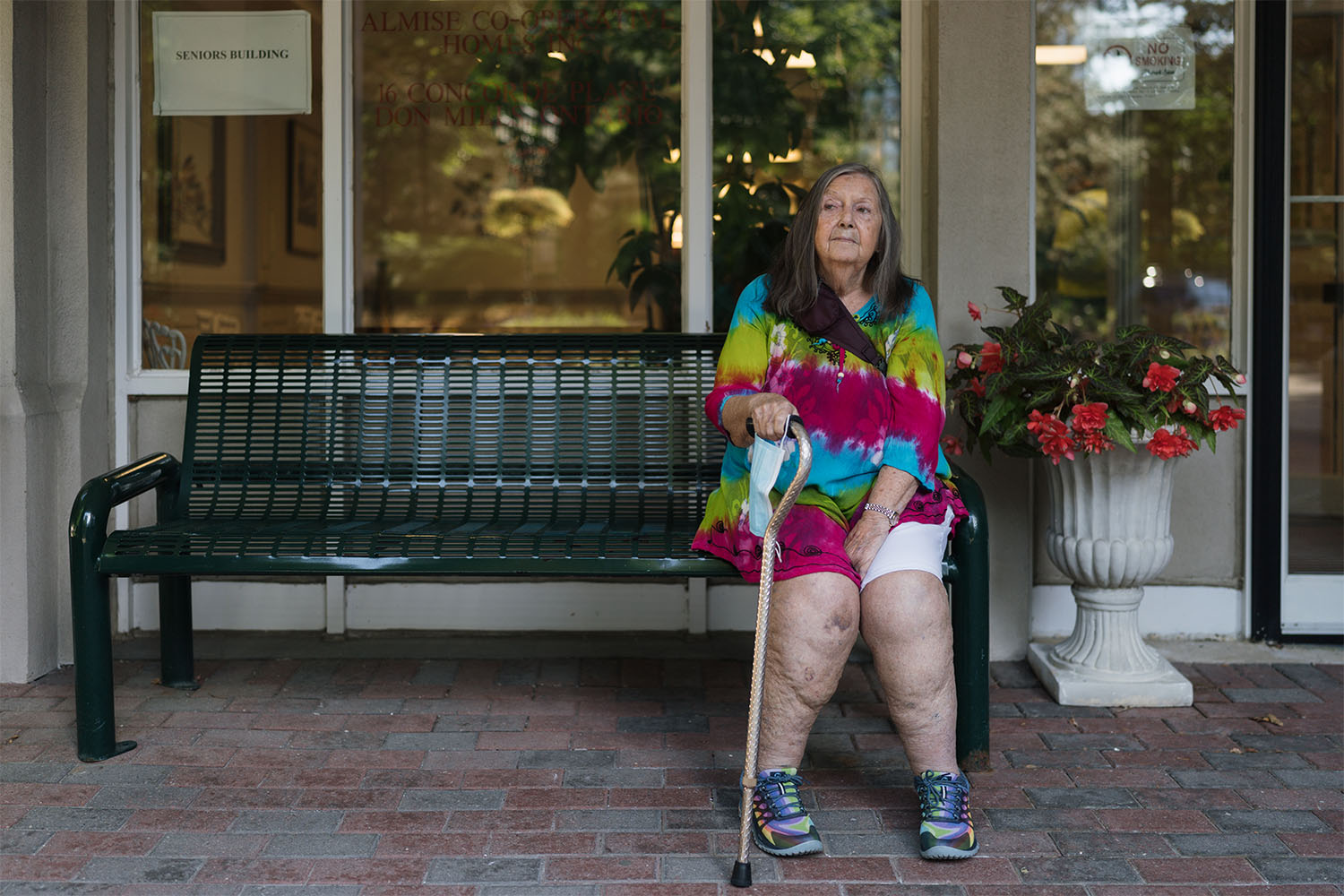All of these travel times were provided by Google Maps.
All of these points would have some weight to them if the stop spacing was comparable to what we see on local buses and streetcars today. Many of these are separated only by 150-200 m. But that's not what is happening here, and, as I note for what feels like the millionth time, the changes you are railing for would deliver trivial time savings of only 2-3 minutes. Please address this exact point - in what universe is having a trip take 2-3 minutes more time than it otherwise would the end of the world?
Not the end of the world. This sort of thing adds up though - a few minutes here for unreliability, a few minutes there for TSP, an extra stop or four, and you've just missed your local bus at Kennedy and need to wait an extra 10 minutes.
That happens enough times, then riders get frustrated.
No offense, but when you're arguing to nix stops so that those people who don't live by your decided-on major stops end up having a much longer journey, just so that the main transit line can shave 2-3 minutes off a trip, I find this to be a shockingly hollow argument.
Why is it more important that you shave 2-3 minutes off your trip, rather than that someone else gets to shave 10-15+ (if again, as I've noted, you have mobility challenges and you have to use the parallel bus, it could be even more than this) minutes off theirs?
Is your time more important? Please explain at length your sociological theory.
I'm not
@ARG1, but this is a case of cost/benefit analysis.
More people are seeing 2-3 minutes (potentially more, potentially less) shorter travel times, versus a smaller number of people who are taking local transit.
Also, a 300 metre walk is not 10-15 minutes for most people.
I'm not sure why you are clouding the issue with a line from another city, you can just as easily point at any GO train line and achieve the same argument. "To put things in perspective, GO Transit's Milton line runs from Union to Kipling, taking only 17 minutes, while the same journey by subway takes 53 minutes, therefore the subway is a failure and we should change it."
This is about the types of trips we serve.
Eglinton was, and is, intended to be rapid transit. Which typically means fast. Parallel buses are for local transit. Which means local transit access.
The ridership of each should determine what gets built, and what. There is high ridership connecting to N-S buses and to dense areas on Bloor-Danforth, the ridership suits the subway and its stop spacing (which is, I think, still a little too close).
I would like to see the methodology that was used to reach these conclusions.
View attachment 539127
All of these catastrophic results because of ONE station that would cause a ONE minute increase in travel times? Either some NIMBY cooked the numbers to make sure the station didn't get built, or otherwise southern Ontarians are, by a considerable margin, the most spoiled and maladjusted population in the entire world. These do not seem like decisions any rational adult would make over ONE additional station.
Metrolinx procedures are about as transparent as a brick wall, but 57,000 annual trips is 200 trips/weekday (weekends not counted), or 100 people. Which does seem high, but speed is more important for longer journeys like on GO.
I'd like to point out that Wheel Trans exists almost exclusively because the TTC has been cash strapped for decades and has been forced to be pound wise, penny foolish and make short-term decisions that cost vastly more in the long run. Wheel Trans is a highly expensive stopgap that makes/made up for the lack of accessibility concessions, and a lack of coverage.
https://thelocal.to/wheel-trans-accessibility-cuts-ttc/
While spending 6% of your operating budget is a lot, it's far less than the billions in capital required over the years to get the system fully usable for those with disabilities. And the TTC has been painfully slow in the meantime:
The bus network wasn't even fully accessible until 2011 with the retirement of the last GM New Look buses.
The streetcar network wasn't until 2019 with the retirement of the last CLRV.
The one system that always had level boarding—the subway—
still isn't even fully accessible.
You mean penny wise, pound foolish?
That's the story of this city.
For the record, I am in support of spending more capex on improved accessibility on the TTC.

thelocal.to




